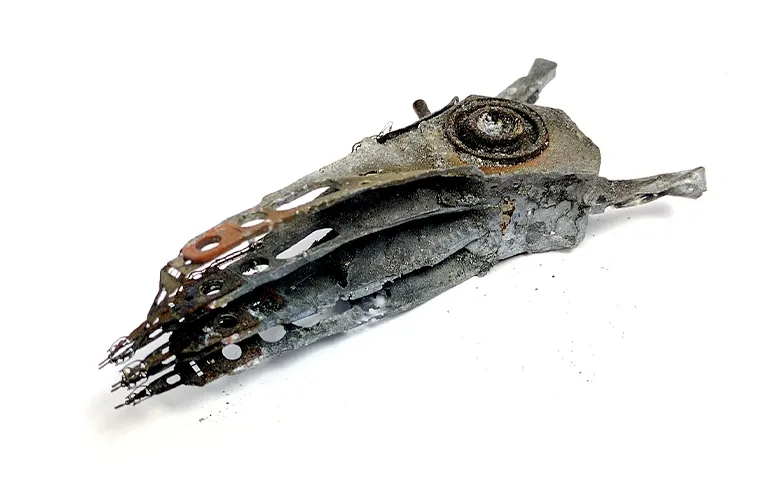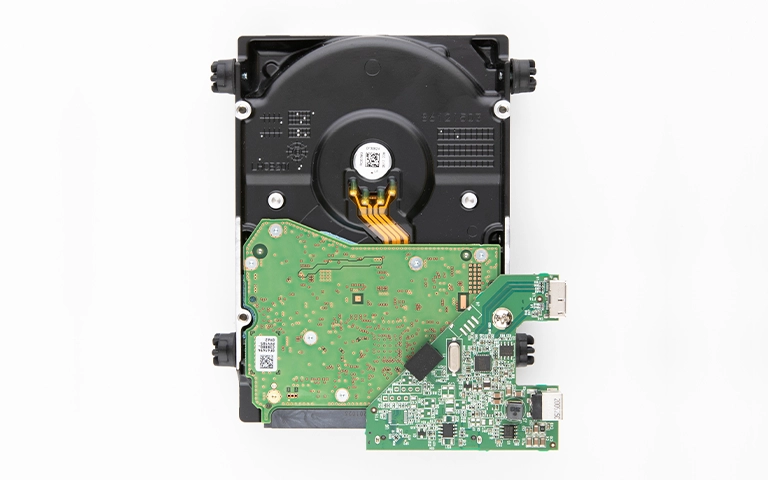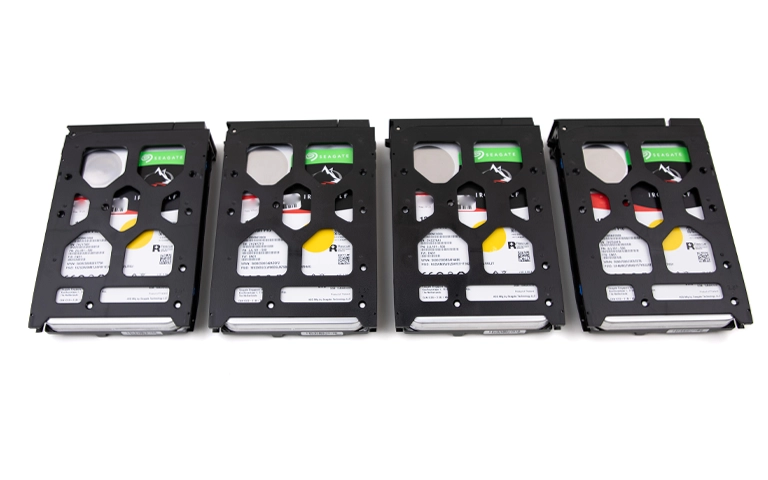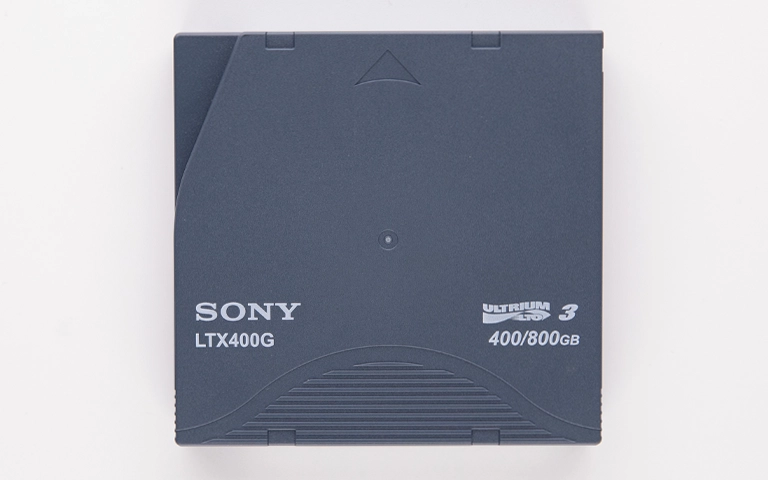Experiencing a fire is a devastating event, often raising concerns about digital data on affected hard drives. Devices exposed to fire suffer extreme heat, damaging smoke, and soot contamination. This complex combination of factors places stored data at significant risk.
While such damage can be severe, fire damaged hard drive recovery is sometimes possible. However, it absolutely requires immediate, correct handling and highly specialized professional intervention. This guide explains the types of damage incurred, vital first steps, and the complex recovery process involved.
Immediate Actions for Handling a Drive from a Fire Scene
What you do right after finding a hard drive from a fire scene is critical for any chance of recovery.
- Handle Very Carefully: The drive might be fragile or warped. Avoid dropping or bumping it.
- DO NOT Try to Clean It: Wiping off soot or residue yourself is dangerous. Soot is abrasive and can easily scratch the delicate platters inside if disturbed. Let professionals handle cleaning.
- DO NOT Power It On: There’s a very high chance the electronics (circuit board) are damaged. Applying power can cause short circuits and destroy components, possibly making recovery impossible.
- DO NOT Open the Drive: The internal parts are extremely sensitive to dust. Opening the drive outside a special cleanroom guarantees contamination and further damage.
- DO NOT Use Heat to Dry (If Wet): If the drive also got wet (e.g., from firefighting), using a hairdryer or other heat source can warp parts and bake contaminants onto surfaces.
- <0xF0><0x9F><0x9B><0x8F>️ Seal If Possible: Gently place the drive in a sealed anti-static bag if you can. This helps prevent more contamination. Handle it as little as possible.
- Contact Professionals Immediately: Corrosion and contamination worsen over time. Getting the drive to data recovery experts quickly provides the best chance.
Understanding How Fire Damages Hard Drives
Fire harms hard drives in multiple ways, making recovery difficult:
Damage from Extreme Heat
- Warping and Melting: High temperatures can bend or melt the drive’s metal and plastic parts, including the internal platters and head assembly.
- Platter Issues: Extreme heat might warp the platters themselves, making them unreadable. It can also weaken the magnetic layer that stores data, although complete data wiping usually requires very high temperatures.
- Circuit Board (PCB) Failure: The electronics on the external circuit board can easily be destroyed by heat.
Smoke and Soot Contamination
- Tiny Damaging Particles: Smoke and soot contain very small particles that get everywhere. If heat damaged the drive’s seals, these particles can get inside and coat the platters and read/write heads.
- Scratching Risk: Soot particles on the platters act like sandpaper if the drive tries to spin, causing severe scratches and destroying data.
- Corrosive Elements: Soot can sometimes contain chemicals that cause corrosion over time.
Potential Water and Chemical Damage
- From Firefighting: Water or chemicals used to put out the fire can also damage the drive. This introduces moisture and possibly corrosive substances.
- Corrosion: Like regular water damage, this causes metal parts (electronics, internal components) to rust or corrode quickly. For more on water effects, see our Water Damaged Hard Drive Recovery guide.
- Residue: Leftover chemicals and minerals can interfere with electronics and contaminate surfaces.
Possible Impact Damage
Falling Debris: During a fire or cleanup, the drive might be hit or crushed by falling objects, causing physical damage similar to being dropped. More on impact damage can be found in our Dropped Hard Drive Recovery post.
Don't Let Data Loss Ruin Your Business
Minimize business disruption. We retrieve lost data fast, so you can focus on what matters.
Why DIY Fixes Are Impossible for Fire Damage
Because the damage from fire is so severe and involves multiple factors (heat, contamination, potential water), there are NO do-it-yourself fixes.
- Software Can’t Help: Recovery software only works on functional drives with logical problems (like deletion), not severe physical damage.
- Cleaning is Harmful: Wiping soot will scratch platters. Proper cleaning needs special chemicals and a cleanroom.
- Drying is Risky: Heat causes warping; air drying doesn’t remove internal moisture or residue effectively.
- Opening is Destructive: Exposing internals to normal air guarantees failure due to dust contamination.
Attempting any DIY repair on a fire-damaged drive will destroy any remaining possibility of professional data recovery.
Can Data Be Recovered From a Fire Damaged Hard Drive?
Yes, data recovery from a fire damaged hard drive is sometimes possible but very challenging. Success depends heavily on the extent of heat damage to platters and internal contamination. It requires immediate, correct handling (no power, no cleaning) and specialized professional intervention involving cleanroom assessment and potentially component replacement.
The Specialized Professional Recovery Process
Recovering data after fire damage requires expert facilities and procedures:
-
Careful Assessment: Documenting external damage; deciding on internal inspection feasibility.
-
Intensive Cleaning (Cleanroom Required): Critical process performed entirely within a certified cleanroom. Includes careful removal of external/internal soot/debris and potentially delicate cleaning of components (platters, heads) with specialized solutions. Assessing PCB for repair/replacement.
-
Component Checks & Replacement (Cleanroom): Checking platters for warping/heat damage and heads for damage. If feasible after cleaning, replacing damaged parts (heads, motor) with compatible donor parts.
-
Advanced Data Imaging: Using specialized recovery hardware to read data sector-by-sector from cleaned components (original or donor drive), bypassing damaged areas where possible.
-
Data Reconstruction: Assembling recovered raw data into usable files.
This detailed process is the only viable approach for such severe damage.
Setting Realistic Expectations for Recovery
It’s important to understand that fire damaged hard drive recovery is very challenging and not always successful.
- Damage Level Matters: Drives exposed to very high heat, direct flames, or heavy internal soot have a low recovery chance.
- Platter Condition is Key: The survival of the data platters determines success. If they are badly warped, scratched, or heat-damaged, data may be unrecoverable.
- Partial Recovery is Common: Often, the goal is to recover some data from undamaged platter areas, rather than everything.
- Professional Evaluation Needed: Only experts examining the drive in a lab can give a realistic assessment of the recovery chances.
While difficult, professional recovery offers the only hope in these extreme situations.
PITS Data Recovery's Experience with Disaster Recovery
PITS Data Recovery possesses the specialized equipment and engineers for complex disaster recovery, including fire damage. We utilize:
Certified Cleanrooms: For safe internal procedures.
Advanced Cleaning Methods: Appropriate techniques for soot/residue.
Component-Level Skills: PCB repair, internal part replacement expertise.
Custom Recovery Plans: Tailored approach based on specific damage.
We provide a clear evaluation and discuss the recovery possibilities honestly. Find out more via our Hard Drive Data Recovery Service Page.
Get a Free Consultation.
Our recovery experts are ready to assess your device and guide you through the safest path to recovery. Fill out the form to get started.
"*" indicates required fields
Conclusion: Addressing Fire Damaged Hard Drives
A fire damaged hard drive requires immediate, careful handling and expert intervention due to complex damage from heat, smoke, soot, and potential water. Do not power on, clean, or open the drive yourself. The only chance for data recovery lies with professionals using cleanroom facilities and specialized techniques. While success is not guaranteed, prompt action and expert help maximize the possibility of retrieving valuable data. For context on other drive issues, see our Overview of Common Hard Drive Problems.
